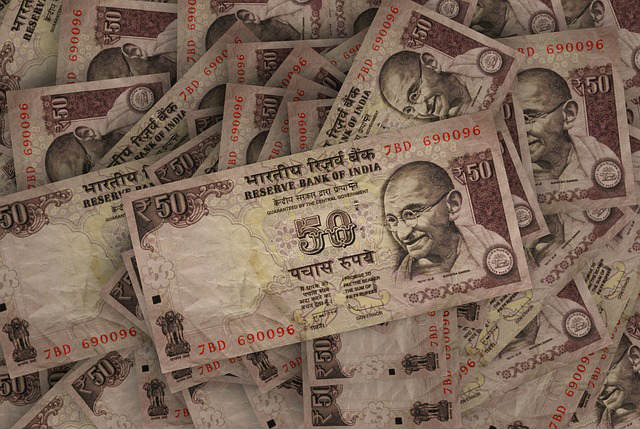Economic Meltdown

CGA Editor's Note: We have been witnessing for years the incremental elimination of cash, both world-wide and in the United States. It has long been our belief that cash would eventually be banned as an extension of the Orwellian police state, under the phony “war on terror”. Sadly, we are already seeing that come into fruition. Will another financial crisis be engineered to push the U.S. over that cliff?
 Shaun Bradley
Shaun Bradley
The AntiMedia
November 15, 2016
The Indian government took unprecedented action last week when it eliminated 500 and 1,000 rupee paper notes from its financial system. The change occurred essentially overnight. Indian Prime Minister Narendra Modi initiated the policy on Nov. 8th and has actively defended his position since. The announcement was made under the guise of cracking down on corruption and black money, but the surprise caused bank closures across the country.
The old bills immediately lost their status as legal tender, and authorities ordered citizens to exchange them for new ones within 50 days. The 500 rupee is only worth around $7.36, making the Indian government’s move the equivalent of the U.S. government banning ten and twenty dollar bills. Even so, 500 and 1,000 rupee notes were previously the largest denominations in the country.
ATMs were shut down temporarily, which allowed the fear of uncertainty to make its way into the public psyche. But even as the secrecy of the plan has inspired a wave of distrust in the population, things have remained relatively calm thus far. In spite of this calm, India’s case is likely only the beginning of further financial repression in an encroaching war on cash.
Prime Minister Modi insisted he felt sympathy for the struggle of the average citizen but argued the move will ultimately benefit the poor.
“I am aware you are facing difficulties with 500 and 1,000-rupee notes ban. I understand the inconvenience…I am really pained by the inconvenience and that is why I am working tirelessly to help people overcome this situation. I will never let anyone loot money that belongs to India’s poor.”
Financial institutions have struggled to keep the situation under control while they attempt to meet the government mandate. The unexpected change has driven millions to banks to exchange their cash holdings as Indians form huge lines to obtain what little cash is available; the logistics of exchanging the larger bills for smaller denominations has drained cash inventories, and the Reserve Bank of India is printing new money at full capacity to make up for the shortage.
The banned currency accounts for nearly 80% of the total outstanding notes in circulation throughout the Indian economy, and in an effort to calm mounting frustrations, withdrawal limits were raised from 20,000 to 24,000 rupees per week.
Guru Birajdar, a lawyer, spoke about the hardships people are facing in everyday life.
“I can’t even buy a cup of tea…I didn’t go to work today because I had no cash. All my money is in 500s and 1,000s so I had to come straight to the bank this morning. I had two 100-rupee notes in my wallet on Tuesday night, but I used that up yesterday,” he said, as reported by the Guardian.
Though the sudden and sweeping action was sold as a response to crimes like tax evasion, it was more than likely a reaction to the series of problems Indian banks are facing. The amount of paper money customers have been pulling from their accounts has jumped 15% since last year, making it increasingly more difficult for the central bank and government to maintain control over the financial markets.
By removing so much of the currency supply at once with the ban on 500 and 1,000 rupee notes, the government is holding the life savings of the nation hostage. If citizens want to take out their savings, per the new policy, the paper bills no longer exist to do so. This forced compliance with this new decree should be viewed as nothing less than extortion.
Withdrawing money is one of the few forms of protest individuals can exert against financial repression, and the immense lines at the banks show Indians are bracing for inconvenience and hardship in the future.
This event is the canary in the coal mine for those concerned with the crimes committed through government and central bank collusion. Norms in the financial world are shifting rapidly, and as technology’s role in the monetary system increases, those who want to carry out transactions with something as archaic as cash will be inevitably seen as suspicious.
The challenges that have been thrust upon Indian citizens may be new, but they highlight a dangerous trend that governments may utilize to eliminate anonymous transactions. By removing the only way people can physically take money out of their accounts by limiting customers to withdrawals of small bills, these financial institutions have essentially seized the public’s assets. The long-term consequences of this level of control likely won’t be felt until another crisis in confidence, like the one in 2008, hits the global markets.
This event in India reveals how easily money can become inaccessible and that there are always risks in where you choose to keep your savings.
Shaun Bradley writes for The AntiMedia, where this article first appeared. Reprinted with permission from the publisher.